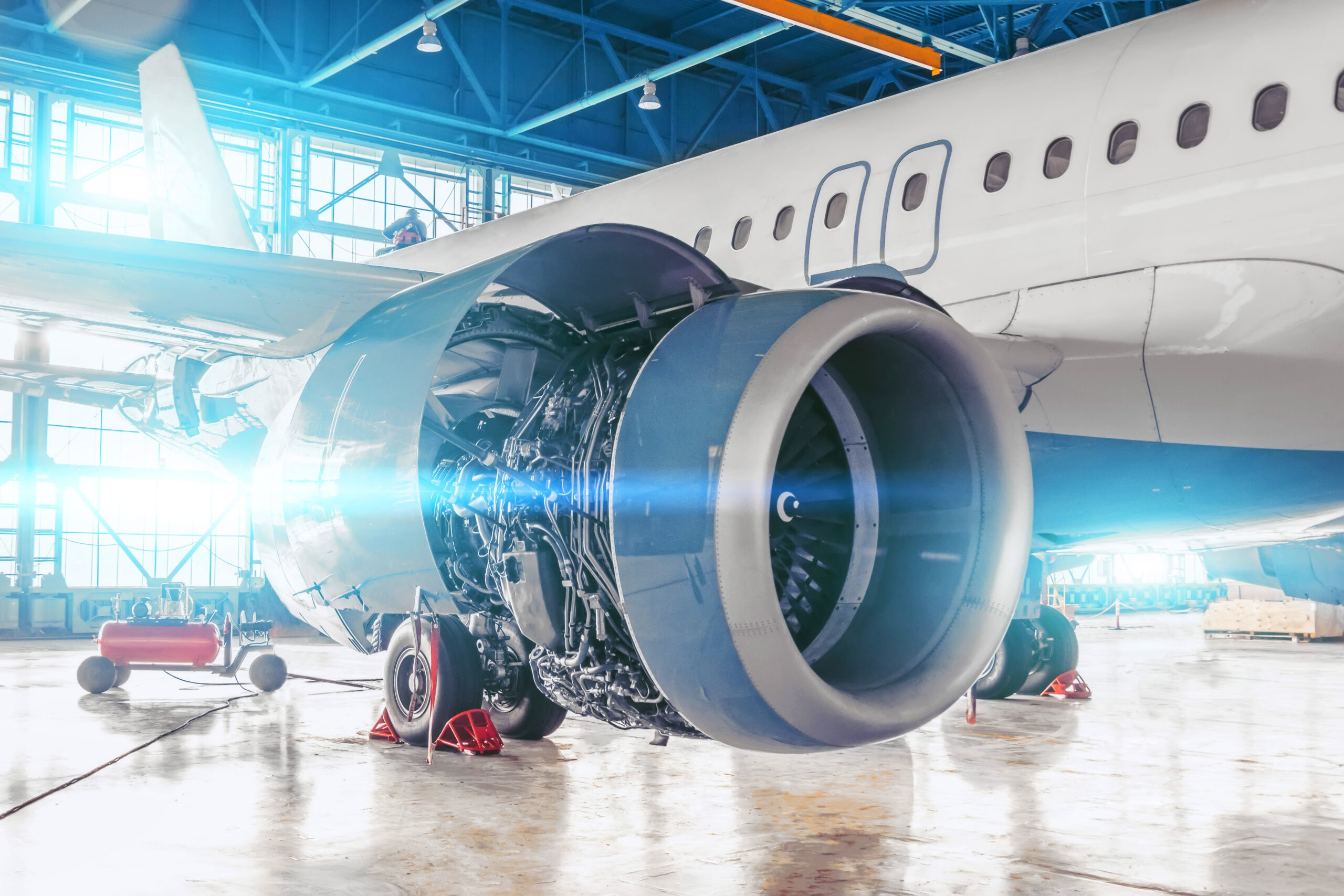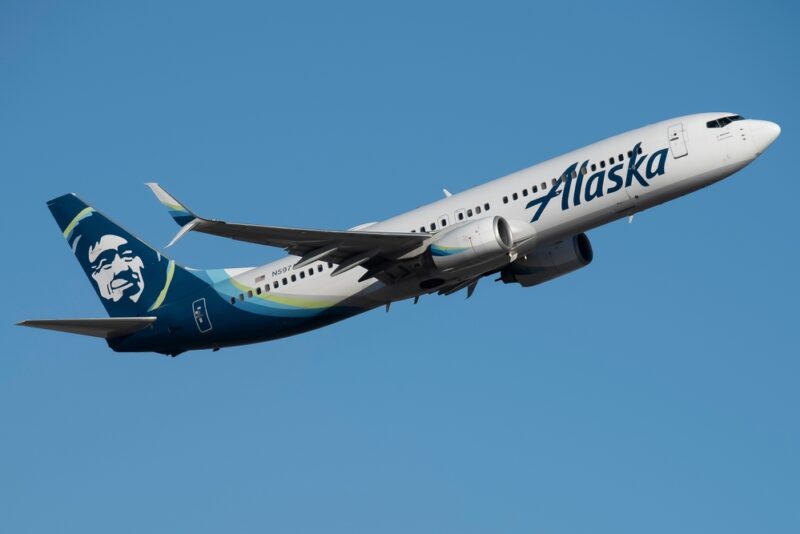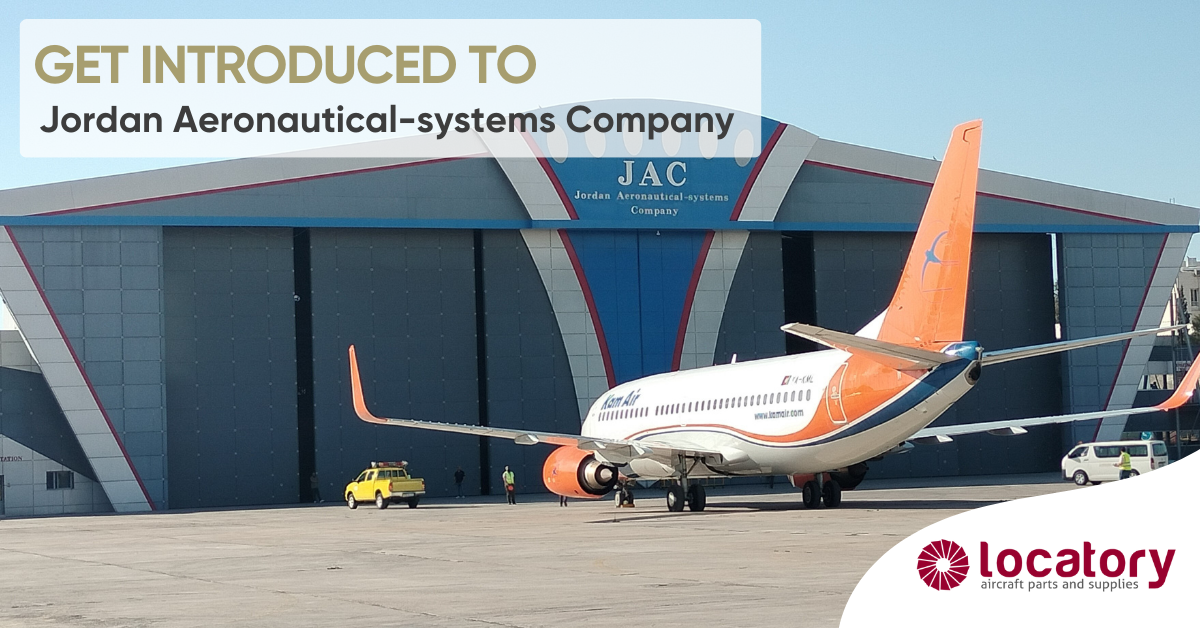In the fiercely competitive world of aviation, where every penny counts, airlines are always on the lookout for ways to trim expenses without compromising safety or quality. One of solutions, which is increasingly gaining popularity is the use of Product Maintenance Approval (PMA) parts – non-OEM components approved by the Federal Aviation Administration (FAA) for use on aircraft.
Where Affordability is a Key
PMA parts come with a significant price advantage, often priced 20-50% lower than their OEM counterparts. For airlines, this translates to substantial long-term savings, providing a welcome boost to their bottom line.
Back in the 80’s manufacturing and supplying parts for aircraft was basically a game of chance for a lot of businesses in the US. If the aircraft component they produced was approved by the FAA and become a legit PMA part, it could significantly improve your chances of meeting of booming demand for an aircraft components which were not manufactured by major aircraft-releasing companies – but were pointedly cheaper than these which were conceived along with these bound for assembly lines of major airliners.
During the 1990s, the FAA initiated an “Enhanced Enforcement” program aimed at educating the aviation industry about the significance of obtaining approval. As a result, a substantial volume of parts received formal approval through FAA mechanisms. Within the framework of this program, companies that had previously produced aircraft parts without PMAs were given the opportunity to seek PMAs. This process enabled them to align their manufacturing operations fully with regulatory requirements. Consequently, there was a surge in the availability of PMA parts in the market.
No More Waiting Around
In 2009, the FAA made important changes to U.S. manufacturing regulations. These changes aimed to remove legal distinctions in the types of production approval issued by the FAA. The goal was to show stronger support for the quality systems used by PMA manufacturers. In simpler terms, the rules were updated to make it clearer that all production approval holders must adhere to the same production quality standards.
Before this change, there were separate regulations for PMA Fabrication Inspection Systems (FIS). The new rule eliminated this separation and referenced a regulation that defines the elements of a quality system for all production approval holders.
The Modification and Replacement Parts Association (MARPA) played a significant role in achieving this goal of harmonizing standards. The updated rule became effective on April 16, 2011.
As a result, the FAA’s regulations now apply a common set of quality assurance standards to all production approvals, whether for complete aircraft or individual parts. This includes specific regulations outlining the quality system requirements for production certificates, PMA holders, and TSOA holders. Compliance with these standards is evaluated by the FAA during certificate management activities after the rule’s compliance date.
The PMA industry, which originated in the United States, has seen global expansion with several countries actively promoting the production of approved aircraft parts within their own borders. Among these jurisdictions, Australia, China, and the European Union (producing them as “EPA Parts”) have emerged as key players in the PMA market. This reflects a shift in the aviation industry, where countries are increasingly striving for self-sufficiency in producing essential components for aircraft.
Notably, the European Union’s production of EPA Parts underscores the international nature of the PMA industry, with diverse regions adopting their own approaches and standards. Moreover, other jurisdictions are gearing up to enter the PMA market in the near future. Japan, for instance, has established PMA regulations and secured a bilateral agreement with the United States, allowing the export of these parts to the U.S. as airworthy aircraft components. This development signals a growing trend of collaboration and regulatory alignment between countries, fostering the expansion of the PMA industry beyond its American origins.
Addressing Supply Chain Issues
As countries worldwide work on establishing and refining their PMA regulations, the aviation industry is witnessing a more decentralized and globally interconnected approach to the production of approved aircraft parts. The collaboration between nations, as seen in agreements like the one between Japan and the United States, highlights the importance of international cooperation in ensuring the safety and reliability of PMA components in the broader context of air travel.
Unlike OEM parts, PMA parts boast quicker availability. Free from the constraints of the OEM supply chain, these components can be acquired faster, minimizing aircraft downtime, and streamlining maintenance operations. The wide variety of manufacturers and suppliers also play a significant role here.
Online marketplaces like Locatoty.com can help address supply chain issues by making PMA parts more accessible to airlines and maintenance providers. Such marketplaces aggregate parts from variety of suppliers, making it easier for buyers to find parts they need quickly and easily. Additionally, Locatory.com and other trusted services only list parts that have been certified and have the FAA approval they need, ensuring that buyers are getting quality parts that meet all safety standards.
Performance That Surprises
Using an online marketplace like Locatoty.com can also help airlines and maintenance providers save money on PMA parts. Here, sellers often offer discounts on bulk purchases, and they can help buyers avoid the high costs of more conventional distribution channels. Additionally, many marketplaces, such as Locatory.com, offer significant discounts on shipping, which can further reduce costs.
Believe it or not, some PMA parts often outperform their OEM counterparts. Manufacturers of PMA parts leverage newer technologies and materials, allowing airlines to benefit from the latest innovations without emptying their pockets.
Being able to use newer technologies and materials than OEMs, PMA manufacturers often surpass the original equivalents not only in terms of price but also when it comes to increased efficiency, as such parts often demonstrate increased durability, greater strength, or lighter weight. In addition to that, PMA producers may have specialized expertise in specific areas, such as manufacturing complex parts or using advanced materials.
Safety First with PMA Parts
They also can have significant advantage in the research and development fields, for example, if they have previous experience related to competing in automotive, military, space, or other industries where there could be also a history of governmental funding related to R&D, resulting in significant scientific advancements, which, in turn have a real-world competitive aerospace applications. An example of such real-world applications could be cases, in which a PMA engine or hydraulic component is able to operate with lower maintenance requirements, reducing downtime and costs.
Safety is the name of the game in aviation, and the FAA doesn’t take it lightly. The FAA’s rigorous approval process for PMA parts ensures that they meet all the safety standards. In fact, the FAA explicitly states that PMA parts are as safe as OEM parts, putting any lingering safety concerns to rest.
While the cost savings are tempting, it’s crucial to be smart about selecting PMA parts. An aircraft operator or MRO facility should consider collaborating only with reputable and certified manufacturers to ensure they are getting quality components. Also, it makes sense to double-check for that FAA approval stamp and make sure the parts meet all the necessary safety standards. And shopping around never hurt – get quotes from a few suppliers to make sure you’re getting the best beat for your buck.
PMA Parts in Action
Even when aircraft manufacturers and maintenance providers are pretty sure that they are choosing wisely, there is more things to consider. PMA parts, which have been just recently listed on the market do not necessarily mean the best price-to quality ratio as some of such components may be in the market for a very long time – this is especially true when talking about parts for older aircraft, for example, B737-300 series. PMA parts cover a broad range of essential components for aircraft, such as valves, bearings, and seals for engines, landing gear components, door seals, and cockpit windows for the airframe; circuit breakers, fuses, and batteries for the electrical system; and pumps, valves, and hoses for the hydraulic components.
The extended lifespan of older aircraft and engine variants is another significant development. Some fleets, especially these of the most popular narrowbodies, that were anticipated being retired, are getting repairs again and will keep flying concurrently to meet the demand which persists due the gap in anticipated deliveries or significant unexpected events, such as groundings of B737 Max. However, producers of PMA parts are eager to meet the increasing need for these components in the future when the current ones on more modern aircraft, such as the B737 Max or A320 Neo series, will need to be replaced.
In a nutshell, integrating PMA parts into the mix is a smart move for airlines looking to cut costs without sacrificing safety or performance. As the aviation industry evolves, finding cost-effective alternatives like PMA parts becomes a game-changer for staying profitable and competitive. Stick to safety standards, choose trustworthy manufacturers, and explore the diverse range of PMA parts available – because in aviation, every dollar saved is a victory in the sky.


